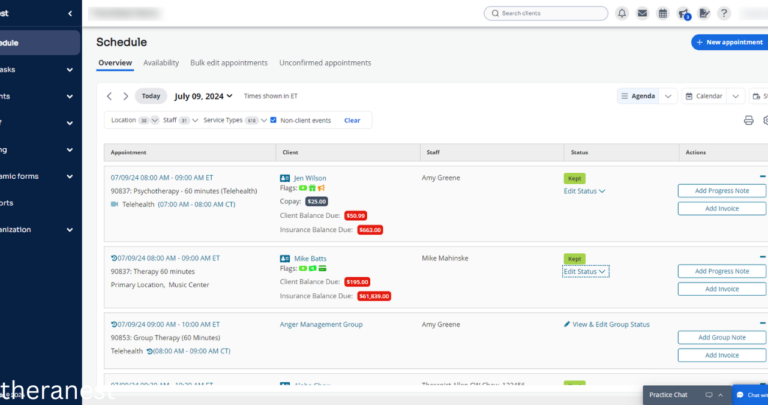
djia today
Introduction
The Dow Jones Industrial Average (DJIA) is one ofdjia today the most well-known and widely followed stock market indices in the world. Representing 30 major publicly traded companies in the United States, the DJIA serves as a barometer for the health of the stock market and, to some extent, the economy. Investors, economists, and financial analysts closely track the DJIA’s movements to gauge market trends and investment opportunities.
As stock markets fluctuate daily, understanding the DJIA’s movements can help traders and investors make informed decisions. Many factors influence the DJIA, including economic reports, interest rate changes, corporate earnings, and global market developments. In this article, we will explore what the DJIA represents, what affects its performance, and how investors can use it to their advantage.
What is the Dow Jones Industrial Average (DJIA)?
The Dow Jones Industrial Average was founded in 1896 by Charles Dow and Edward Jones as a way to measure the performance of leading industrial companies in the U.S. Over time, it has evolved to include 30 blue-chip companies across various sectors, including technology, healthcare, finance, and consumer goods.
Unlike other stock indices, the DJIA is price-weighted, meaning stocks with higher prices have more influence on the index’s movement. This differs from indices like the S&P 500, which is weighted by market capitalization. The DJIA provides a snapshot of how major companies are performing, but because it includes only 30 stocks, it does not represent the entire stock market.
The composition of the DJIA changes periodically to reflectdjia today economic shifts. For example, companies that lose significance may be replaced by emerging market leaders. This ensures that the index remains relevant and continues to reflect the strength of major corporations in the U.S. economy.
Factors Affecting DJIA Today
Several factors influence the daily and long-term movements of the DJIA. These include economic indicators, Federal Reserve policies, corporate earnings, and investor sentiment.
Economic Indicators
Key economic data such as Gross Domestic Product (GDP) growth, inflation rates, and unemployment reports significantly impact the DJIA. A strong GDP report may boost investor confidence, leading to higher stock prices, while negative employment data can trigger a market downturn.
Federal Reserve Policies
The U.S. Federal Reserve plays a crucial role in influencing stock marketsdjia today . Interest rate hikes can slow economic growth and negatively affect stock prices, while lower interest rates often lead to increased investment in equities. Investors closely monitor Fed announcements to anticipate market trends.
Corporate Earnings Reports
Quarterly earnings reports from DJIA-listed companies provide insights into their financial health. Strong earnings can drive the DJIA higher, whereas disappointing results can lead to stock declines, dragging the index down.
Global Market Trends and Geopolitics
International trade policies, geopolitical tensions, and foreign market trends can have a significant impact on the DJIA. For example, conflicts affecting oil supply can influence energy stocks within the DJIA, while economic slowdowns in major economies like China and Europe can affect U.S. exports.
How to Track and Interpret DJIA Movements

For investors and traders, keeping track of DJIA movements is essential.djia today Several tools and techniques can help analyze its trends and predict future performance.
Best Sources for DJIA Data
Financial news websites like MarketWatch, Bloomberg, and CNBC provide real-time updates on DJIA performance. Additionally, brokerage platforms and market analytics tools offer charting features that help traders track trends over time.
Understanding DJIA Charts and Trends
To make informed investment decisions, traders often rely on chart patterns and technical indicators. The moving average (50-day and 200-day) helps identify trends, while the Relative Strength Index (RSI) indicates whether the market is overbought or oversold.
Key Technical Indicators
Investors use indicators like Bollinger Bands, MACD (Moving Average Convergence Divergence), and Fibonacci Retracements to assess DJIA trends. These tools help traders understand market momentum and predict potential reversals.
DJIA vs. Other Market Indices
While the DJIA is an important stock market index, it is not the only one investors track. Comparing it with other indices can provide a more comprehensive view of the market.
DJIA vs. S&P 500
The S&P 500 includes 500 of the largest U.S. companies and is weighted by djia today market capitalization. This makes it a broader representation of the stock market compared to the DJIA, which consists of only 30 companies and is price-weighted.
DJIA vs. Nasdaq Composite
The Nasdaq Composite is heavily weighted toward technology stocks, while the DJIA includes a mix of industries. During tech booms, the Nasdaq often outperforms the DJIA, but during economic downturns, the DJIA’s diversification provides more stability.
Investment Strategies Based on DJIA Trends
Investors use the DJIA to develop both long-term and short-term investment strategies.
Long-Term Investment Strategies
For investors with a long-term approach, buying and holding blue-chip stocks from the DJIA can be a solid strategy. Many DJIA companies offer dividends, providing passive income while maintaining portfolio growth.
Short-Term Trading Techniques
Traders who focus on short-term movements use day trading, swing trading, and options trading strategies to profit from DJIA fluctuations. These techniques require careful market analysis and risk management.
Conclusion
The DJIA remains a vital stock market index, offering insights into the performance of major U.S. companies. While it does not represent the entire market, its movements reflect economic trends and investor sentiment.
For investors and traders, understanding DJIA trends, economic indicatorsdjia today and market factors is essential for making informed financial decisions. By utilizing available data, technical analysis, and strategic planning, individuals can use the DJIA to guide their investment choices effectively.
FAQs
. What does the DJIA represent?
The DJIA tracks the stock performance of 30 major U.S. companies across various industries.
. How often does the DJIA change its components?
The index is updated periodically to replace underperforming companies with stronger market leaders.
. What is the highest level the DJIA has ever reached?
The DJIA has reached record highs multiple times. Investors can check financial news for the latest peak levels.
. How can investors use the DJIA to guide their investments?
Investors track DJIA trends to gauge market sentiment, identify opportunities, and adjust portfolios accordingly.
. Why does the DJIA fluctuate so much in a single day?
Market volatility, economic news, corporate earnings, and investor today drive daily DJIA fluctuations.. What is the difference between the DJIA and the S&P 500?
The DJIA consists of 30 price-weighted stocks, while the S&P 500 includes 500 market-cap-weighted stocks.
7. Where can I find live updates on the DJIA?
Financial news platforms like Bloomberg, CNBC, and MarketWatch provide real-time DJIA data.
. Does the DJIA include only U.S. companies?
Yes, the DJIA consists of major U.S.-based multinational corporations.
. How does inflation impact the DJIA?
High inflation can lead to interest rate hikes, which may negatively impact stock prices within the DJIA.
1. Is the DJIA a good indicator of the overall economy?
While the DJIA reflects major corporate performance, it does not fully capture the broader economy like the S&P 500 does.
You May Also Read: https://usabuzwire.com/marketwatch-game/






